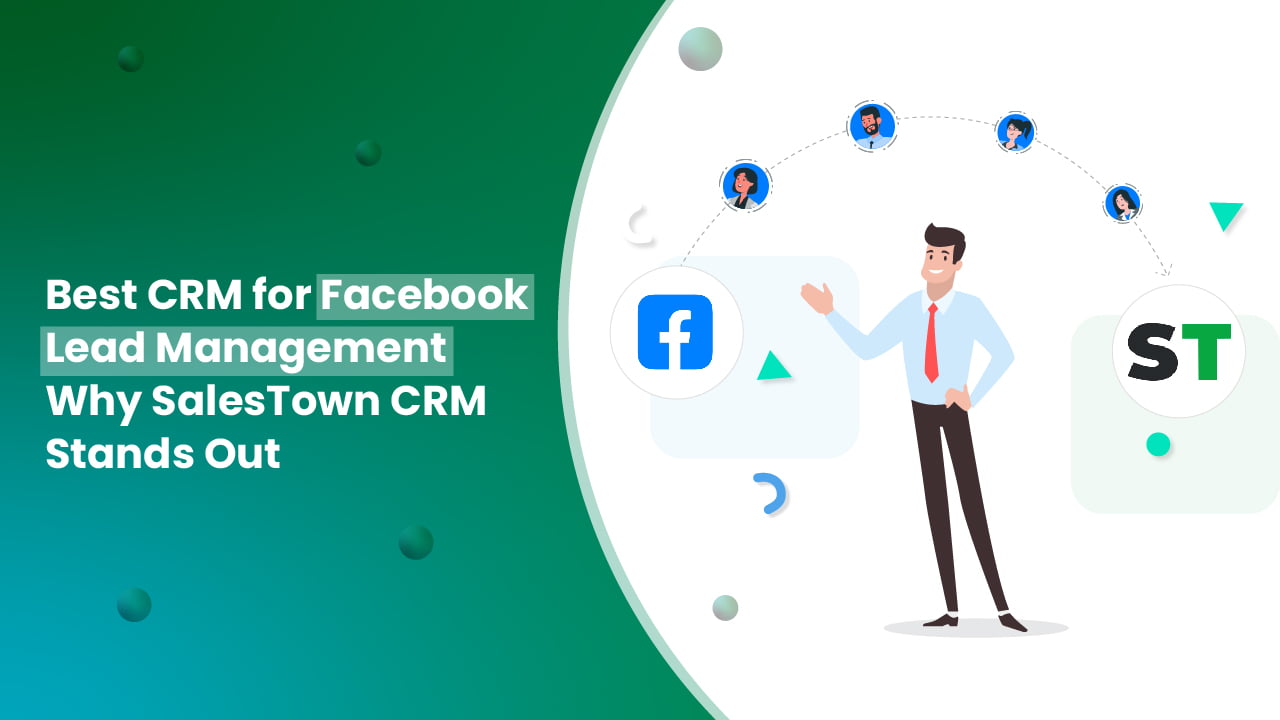Best CRM for Facebook Leads is more than just a catchy phrase; it’s the key to unlocking the true potential of your Facebook advertising. This guide delves into the crucial aspects of selecting, implementing, and optimizing a Customer Relationship Management system specifically designed to handle the influx of leads generated through Facebook campaigns. We’ll explore essential features, popular platforms, and effective strategies for nurturing those leads into loyal customers, ultimately maximizing your return on investment.
From understanding the key performance indicators (KPIs) that define a high-performing CRM to crafting personalized email sequences and analyzing performance data, this comprehensive resource equips you with the knowledge and tools to streamline your lead management process and achieve sustainable growth. We’ll compare various platforms, analyze their strengths and weaknesses, and offer practical advice to help you make an informed decision based on your unique business needs and budget.
Defining “Best” CRM for Facebook Leads
Finding the perfect CRM for managing Facebook leads can feel overwhelming, given the sheer number of options available. However, the “best” CRM isn’t a one-size-fits-all solution. Instead, it’s the system that most effectively integrates with your existing workflow, aligns with your budget, and delivers the results you need. This means focusing on functionality and performance metrics tailored to Facebook lead generation and nurturing.A high-performing CRM for Facebook lead management goes beyond simple contact storage.
It should seamlessly integrate with your Facebook Ads account, automatically importing leads with all relevant data points (name, email, ad set, etc.). Furthermore, it needs robust features for lead scoring, segmentation, and automated workflows to nurture leads through the sales funnel. Effective reporting and analytics are also crucial to track campaign performance and ROI. Ideally, it should offer features like customisable dashboards, integrations with other marketing tools (email marketing platforms, for instance), and a user-friendly interface to ensure efficient team management.
Key Performance Indicators (KPIs) for Facebook Lead CRM Effectiveness
Three key metrics effectively measure a CRM’s success in handling Facebook leads: conversion rate, cost per acquisition (CPA), and lead response time. Tracking these KPIs provides actionable insights into the effectiveness of your lead generation and nurturing strategies. A high conversion rate indicates a successful sales process, while a low CPA signifies cost-efficiency. Quick lead response time shows proactive engagement and increases the likelihood of conversion.
For example, a CRM that helps reduce lead response time from 24 hours to 4 hours can significantly improve conversion rates.
Factors to Consider When Defining “Best”
Choosing the “best” CRM involves a careful evaluation of several factors, primarily budget and specific business needs. Budget constraints often dictate the features and functionalities available. Smaller businesses may opt for more affordable, albeit less feature-rich, options, while larger enterprises might invest in enterprise-level solutions with advanced functionalities. Beyond budget, consider the size and complexity of your business, the number of leads generated, and the desired level of automation.
For instance, a small business with a limited marketing budget might choose a CRM with a focus on lead nurturing and basic automation, while a large enterprise might prioritize a system with advanced analytics and sales pipeline management features. Finally, the CRM’s integration capabilities with existing tools and its user-friendliness are crucial for seamless workflow integration and team adoption.
CRM Features for Facebook Lead Integration
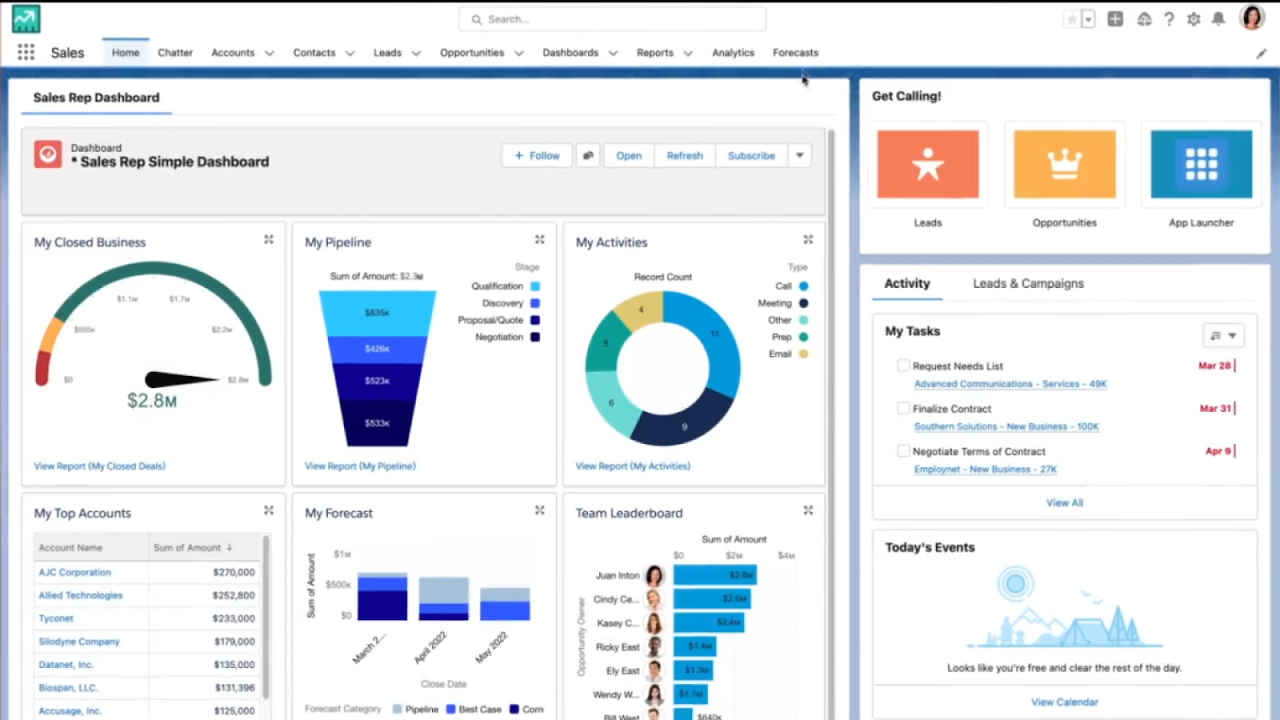
Seamless integration with Facebook Lead Ads is crucial for efficient lead management. A well-integrated CRM streamlines the process, automating data transfer and minimizing manual entry, ultimately boosting sales conversion rates. Choosing the right CRM hinges on understanding its capabilities in handling Facebook leads effectively.Effective Facebook Lead Ads integration requires specific CRM functionalities to ensure a smooth workflow from lead capture to nurturing and conversion.
The ideal CRM will automate data synchronization, provide comprehensive lead scoring and segmentation tools, and offer robust reporting capabilities to track campaign performance. The lack of these features can lead to data silos, inefficient lead nurturing, and a reduced return on investment from Facebook advertising.
Essential CRM Features for Facebook Lead Integration
A CRM designed for optimal Facebook Lead Ads integration needs several key features. These features ensure efficient lead management, reducing manual effort and improving overall campaign effectiveness. The following list details these essential components.
- Automated Lead Import: The CRM should automatically import leads from Facebook Lead Ads, eliminating manual data entry and minimizing errors. This usually involves a direct API connection or a regular scheduled import.
- Customizable Lead Fields: The ability to map Facebook Lead Ad fields (name, email, phone, etc.) to corresponding fields within the CRM is vital for data organization and analysis. This allows for customized data capture beyond the standard Facebook fields.
- Lead Scoring and Segmentation: The CRM should allow for lead scoring based on various criteria (engagement, demographics, website activity), enabling segmentation into targeted groups for personalized nurturing campaigns.
- Workflow Automation: Automated workflows are essential for nurturing leads. These workflows might include automated email sequences, task assignments to sales representatives, and lead routing based on pre-defined rules.
- Reporting and Analytics: Comprehensive reporting and analytics are crucial for tracking campaign performance. The CRM should provide insights into lead conversion rates, campaign ROI, and other key metrics.
- Integration with Other Marketing Tools: Seamless integration with email marketing platforms, marketing automation tools, and other relevant software enhances the overall efficiency of the marketing process.
Comparison of Lead Import Capabilities
Different CRM platforms offer varying lead import capabilities. Some offer real-time integration via API, while others rely on scheduled imports or manual uploads. The choice depends on the desired level of automation and integration.
| CRM Platform | Lead Import Method | Strengths | Weaknesses |
|---|---|---|---|
| HubSpot | API integration, scheduled imports | Real-time data synchronization, robust automation | Can be complex for beginners |
| Salesforce | API integration, data import wizard | Highly customizable, scalable for large businesses | Steeper learning curve, higher cost |
| Zoho CRM | API integration, manual import | Affordable, user-friendly interface | Fewer advanced automation features compared to HubSpot or Salesforce |
Facebook Lead Lifecycle Management Workflow
A typical workflow illustrates how a CRM effectively manages the lifecycle of a Facebook lead, from capture to conversion. This process showcases the power of automation and personalized nurturing.
- Lead Capture: A user submits a form through a Facebook Lead Ad.
- Automated Import: The CRM automatically imports the lead data, populating relevant fields.
- Lead Scoring and Segmentation: The CRM automatically scores the lead based on predefined criteria and assigns it to a specific segment.
- Automated Nurturing: Based on the lead’s score and segment, automated email sequences or other nurturing activities are triggered.
- Sales Follow-up: Sales representatives receive notifications about new leads and can access all relevant information within the CRM.
- Conversion Tracking: The CRM tracks conversions (e.g., purchases, sign-ups) and attributes them to the Facebook Lead Ad campaign.
- Reporting and Analysis: The CRM provides detailed reports on lead generation, nurturing, and conversion rates, allowing for campaign optimization.
Popular CRM Platforms and Their Facebook Lead Capabilities
Choosing the right CRM for managing Facebook leads is crucial for efficient marketing and sales processes. The ideal platform seamlessly integrates with Facebook, offering robust lead capture, nurturing, and segmentation capabilities. This section will examine four popular CRM platforms and their respective Facebook lead functionalities.
Comparison of CRM Platforms and Facebook Lead Integration Features
The following table compares HubSpot, Salesforce, Zoho CRM, and Pipedrive, highlighting their key features related to Facebook lead integration. These features significantly impact a business’s ability to manage and convert leads effectively.
| Feature | HubSpot | Salesforce | Zoho CRM | Pipedrive |
|---|---|---|---|---|
| Direct Facebook Lead Ads Integration | Yes, with form submission directly into HubSpot | Yes, via various integrations and apps (e.g., Zapier, third-party apps) | Yes, via integrations (e.g., Zapier, third-party apps) | Yes, via integrations (e.g., Zapier, third-party apps) |
| Lead Data Capture & Enrichment | Captures detailed lead information, including custom fields, and automatically enriches data with contact information. | Captures lead data, allows for custom fields, and can integrate with enrichment services. | Captures lead data and offers basic enrichment capabilities; requires additional integrations for more advanced enrichment. | Captures lead data, but enrichment often requires third-party integrations. |
| Lead Scoring & Nurturing | Offers robust lead scoring and automated workflows for personalized nurturing sequences based on Facebook lead data. | Provides lead scoring and workflow automation, but often requires custom configuration for optimal Facebook lead nurturing. | Offers lead scoring and basic automation, but customization for Facebook lead nurturing may require additional effort. | Offers basic lead scoring and automation; advanced nurturing features may require additional integrations or custom development. |
| Segmentation & Reporting | Allows for granular segmentation based on Facebook lead data and provides detailed reporting on campaign performance. | Offers robust segmentation and reporting capabilities, allowing for analysis of Facebook lead conversion rates. | Provides segmentation and reporting, but the level of detail may be less comprehensive compared to HubSpot and Salesforce. | Offers basic segmentation and reporting features; advanced analysis may require custom reporting tools or integrations. |
Examples of Lead Nurturing and Segmentation
Each platform facilitates lead nurturing and segmentation in unique ways using Facebook lead data. For example:HubSpot allows users to create automated email sequences triggered by Facebook lead form submissions. These sequences can deliver targeted content based on lead demographics or interests captured in the Facebook lead form. Segmentation can be based on industry, job title, or engagement with specific Facebook ad campaigns.Salesforce users can leverage its workflow automation capabilities to nurture leads based on their engagement with Facebook ads.
For instance, leads who downloaded a specific whitepaper can be automatically added to a nurturing sequence that includes follow-up emails and personalized content. Segmentation can be created using custom fields that are populated from Facebook lead data.Zoho CRM allows for automated email campaigns based on Facebook lead data, segmenting leads based on their responses to questions in the Facebook lead form.
For instance, leads expressing interest in a specific product can be added to a targeted nurturing sequence.Pipedrive allows users to segment leads based on Facebook ad source and engagement. Leads from specific campaigns can be assigned to different sales representatives or moved through the sales pipeline based on their activity and behavior. Nurturing is typically achieved through manual follow-up, although integrations can enable some automated sequences.
Pricing Models and Scalability
The pricing models and scalability options vary significantly across these platforms.HubSpot offers a tiered pricing structure, starting with a free plan for basic functionalities and scaling up to enterprise-level solutions with advanced features. Its scalability allows it to accommodate businesses of all sizes, from startups to large enterprises.Salesforce employs a subscription-based model with pricing dependent on the number of users and required features.
Salesforce is highly scalable and caters to large organizations with complex sales processes.Zoho CRM offers various plans with varying features and user limits, providing a flexible pricing model suitable for small to medium-sized businesses. Scalability is adequate for growing businesses, but may require more advanced configurations for large enterprises.Pipedrive’s pricing structure is also subscription-based, offering plans tailored to different business needs and sizes.
While scalable, it might not be the ideal solution for extremely large enterprises with extremely complex requirements.
Lead Nurturing Strategies within the Chosen CRM

Effective lead nurturing is crucial for converting Facebook leads into paying customers. A well-structured strategy, implemented within your chosen CRM, allows for personalized communication and targeted follow-up, significantly improving conversion rates. This involves crafting a multi-stage email sequence, segmenting your leads for tailored messaging, and meticulously tracking the effectiveness of your efforts to optimize your approach.
Multi-Stage Lead Nurturing Email Sequence
A successful lead nurturing campaign requires a well-defined email sequence that guides prospects through the sales funnel. This sequence should be strategically designed to provide value at each stage, building trust and demonstrating the benefits of your product or service. The number of emails and the frequency will depend on your specific business and customer journey, but a typical sequence might include the following stages:
- Welcome Email (Day 1): This initial email should thank the lead for their interest, reiterate the value proposition, and offer a valuable resource like a case study or ebook.
- Product/Service Overview (Day 3): This email provides a concise overview of your offerings, highlighting key features and benefits relevant to the lead’s expressed interests (gathered from their Facebook lead form submission).
- Case Study/Testimonial (Day 7): Showcase social proof through a relevant case study or customer testimonial. This builds credibility and demonstrates real-world success.
- Special Offer/Promotion (Day 14): Present a limited-time offer or discount to incentivize immediate action. This email should clearly Artikel the benefits and call to action.
- Follow-up Email (Day 21): This email re-engages leads who haven’t yet converted, offering additional resources or answering any potential questions they might have.
Examples of Personalized Email Content
Personalization is key to effective lead nurturing. By segmenting your leads based on their Facebook lead form data (e.g., industry, job title, interests), you can tailor your email content to resonate with their specific needs and pain points.
- Example 1 (Segment: Marketing Managers): Subject: “Boost Your Marketing ROI with [Your Product/Service]”. Body: Focuses on increasing efficiency, lead generation, and improved marketing campaign performance.
- Example 2 (Segment: Small Business Owners): Subject: “Simplify Your Business Operations with [Your Product/Service]”. Body: Highlights ease of use, cost savings, and time management benefits.
- Example 3 (Segment: Tech Enthusiasts): Subject: “Experience the Future of [Industry] with [Your Product/Service]”. Body: Emphasizes innovative technology, advanced features, and cutting-edge solutions.
Tracking and Adjusting Nurturing Strategy
Your CRM should provide robust reporting and analytics to track the effectiveness of your nurturing strategy. Key metrics to monitor include open rates, click-through rates, conversion rates, and email bounce rates. By analyzing these metrics, you can identify areas for improvement and make necessary adjustments to your email sequence, segmentation, and content. For instance, low open rates might indicate a subject line problem, while low click-through rates could suggest irrelevant content or a weak call to action.
Continuously analyzing and optimizing your approach based on data ensures your lead nurturing campaign remains effective and yields optimal results.
Analyzing and Reporting on Facebook Lead Performance
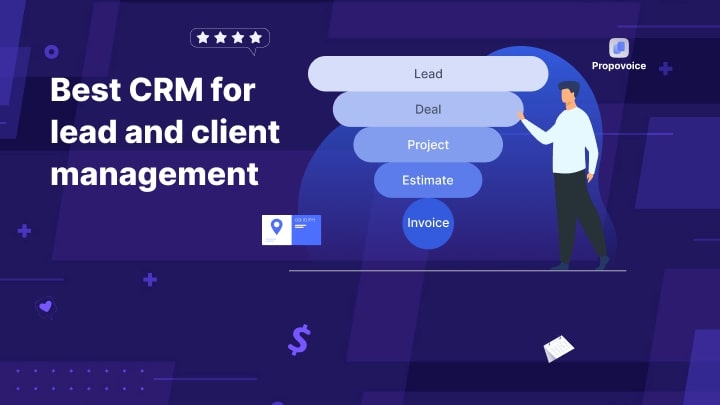
Analyzing Facebook lead performance within your chosen CRM is crucial for optimizing your ad spend and refining your lead generation strategies. Effective tracking allows you to understand which campaigns are most effective, identify areas for improvement, and ultimately demonstrate a return on investment (ROI). By carefully monitoring key metrics and generating insightful reports, you can continuously refine your approach and maximize your lead generation efforts.A well-structured CRM provides the tools to track numerous aspects of your Facebook lead performance, offering a holistic view of your campaign’s effectiveness.
This data-driven approach allows for informed decision-making, moving away from guesswork and towards strategic optimization.
Sample Dashboard of Key Metrics
A sample dashboard should visually represent the most important metrics related to Facebook lead performance. Imagine a dashboard with several key sections: One section displaying the total number of leads generated from Facebook, broken down by campaign. Another section could show the conversion rate of your Facebook ads—the percentage of people who clicked your ad and completed the lead form.
A third could highlight the cost per lead (CPL), showing the average cost of acquiring each lead from Facebook. Finally, a section showing the lead source (specific Facebook ad sets or campaigns) would be invaluable. A visual representation, such as a bar chart comparing CPL across different campaigns, would quickly highlight which campaigns are performing efficiently and which need attention.
Furthermore, a table summarizing these metrics for each campaign over a specified time period would offer detailed analysis.
Interpreting Data for Campaign Optimization, Best crm for facebook leads
The data from your CRM dashboard allows for strategic optimization of your Facebook ad campaigns. For instance, if one campaign shows a significantly higher CPL than others while delivering a similar number of leads, it might be necessary to adjust its targeting parameters or creative assets. Conversely, a campaign with a low CPL and a high conversion rate indicates a successful strategy that should be replicated or scaled.
Analyzing lead source data can reveal which ad sets or campaigns are generating high-quality leads, enabling you to allocate more budget to those performing well. For example, if a specific demographic segment within a campaign shows a much higher conversion rate and lower CPL, you can focus your future efforts on refining targeting for that segment.
Generating Reports to Demonstrate ROI
Demonstrating ROI on Facebook lead generation requires a clear and concise report. This report should include the total number of leads generated, the cost of acquiring those leads (total ad spend divided by the number of leads), the conversion rate of those leads into customers or sales, and the revenue generated from those leads. A simple formula to calculate ROI is:
(Revenue Generated – Total Ad Spend) / Total Ad Spend
100%
. For example, if your total ad spend was $1000, you generated 100 leads, 10% of those leads converted into customers, and each customer generated $500 in revenue, your calculation would be
(($500
- 10)
- $1000) / $1000
- 100% = 400% ROI
. This demonstrates a strong return on investment. The report should also include a comparison of different campaigns or strategies to highlight the most effective approaches. This detailed reporting provides tangible evidence of the value of your Facebook lead generation efforts.
Illustrative Examples of Successful Implementations
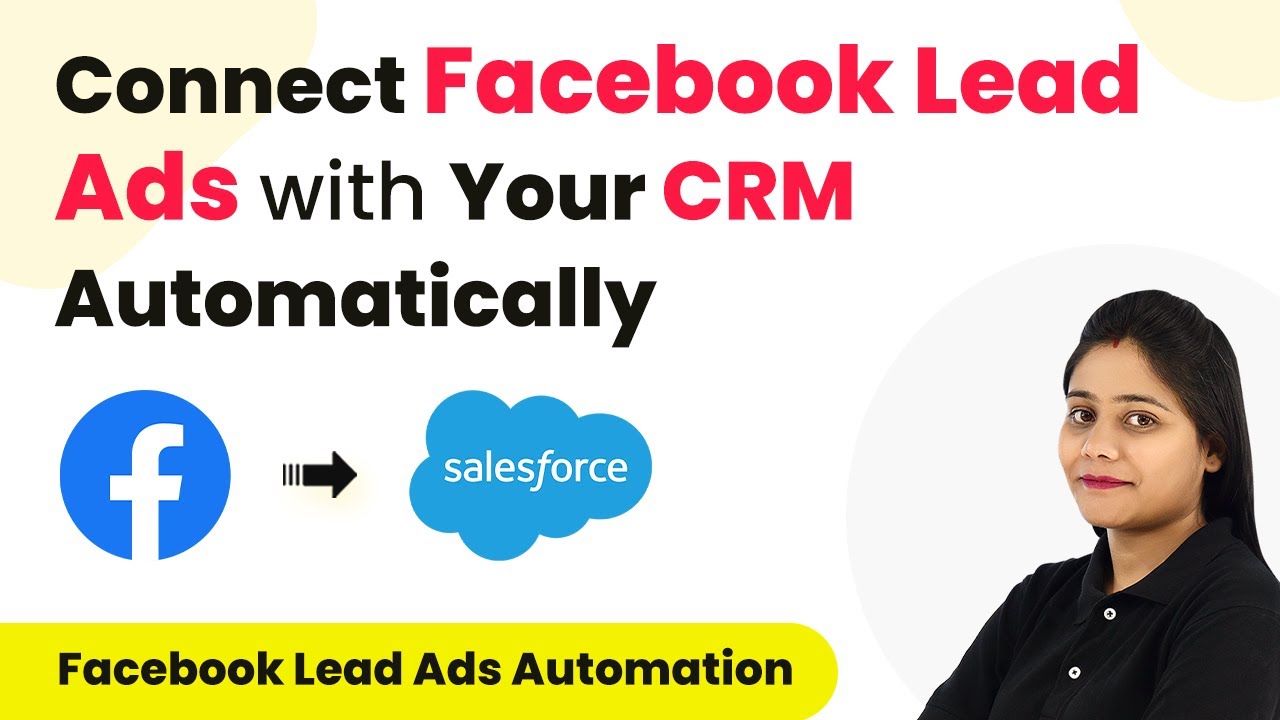
Understanding how different businesses leverage CRM systems for Facebook lead management provides valuable insights into best practices and potential pitfalls. Examining both successful and unsuccessful scenarios allows for a more comprehensive understanding of the process. This section will detail specific examples to illustrate these points.
Successful CRM Implementation: The “GreenThumb Gardens” Case Study
GreenThumb Gardens, a small landscaping business, previously relied on spreadsheets and email to manage customer inquiries. This resulted in disorganized lead tracking, missed follow-ups, and inconsistent branding. After implementing HubSpot CRM, they experienced a significant transformation. Their sales team now utilizes the CRM’s Facebook Lead Ads integration, automatically capturing lead information directly into the system. Customizable workflows automate email sequences, ensuring timely follow-ups with personalized messaging.
The team also uses the CRM’s reporting tools to track key metrics such as conversion rates and customer lifetime value. This data-driven approach allowed them to optimize their Facebook ad campaigns and refine their sales process. The visual element of an infographic illustrating this success could include a bar graph showing a significant increase in lead conversion rates post-CRM implementation, a flowchart depicting the automated workflow from lead capture to sale, and a pie chart illustrating the distribution of leads across different marketing channels.
Another section could showcase before-and-after images – a chaotic spreadsheet versus the organized CRM dashboard. Finally, a quote from the business owner highlighting the improved efficiency and increased sales would add a personal touch.
Unsuccessful CRM Implementation: The “Tech Solutions Inc.” Example
Tech Solutions Inc., a tech startup, purchased a sophisticated CRM system without proper training or a defined strategy. They attempted to integrate it with Facebook Lead Ads but failed to configure the automated workflows effectively. Leads were captured but not properly segmented or nurtured. The lack of training resulted in employees not utilizing the CRM’s full capabilities, leading to data inconsistency and missed opportunities.
The reporting features were underutilized, preventing them from identifying areas for improvement in their marketing efforts. This ultimately resulted in wasted resources and a poor return on investment. The consequences included decreased lead conversion rates, lost sales opportunities, and a general lack of visibility into their sales pipeline.
Key Elements of a Successful Case Study
A successful case study detailing the effective use of a CRM for Facebook leads should clearly articulate the business’s challenges before CRM implementation, detail the chosen CRM system and its specific features used, demonstrate the integration process with Facebook Lead Ads, illustrate the implementation of lead nurturing strategies, showcase quantifiable results (e.g., increased conversion rates, improved sales figures, reduced customer acquisition costs), and include testimonials from employees involved in the process.
The case study should also highlight the return on investment (ROI) achieved through the use of the CRM system, demonstrating a clear link between the implemented strategies and the business’s positive outcomes. It should be presented in a clear, concise, and visually appealing manner, using charts, graphs, and other visual aids to support the narrative and make the data easily digestible.
Final Summary: Best Crm For Facebook Leads
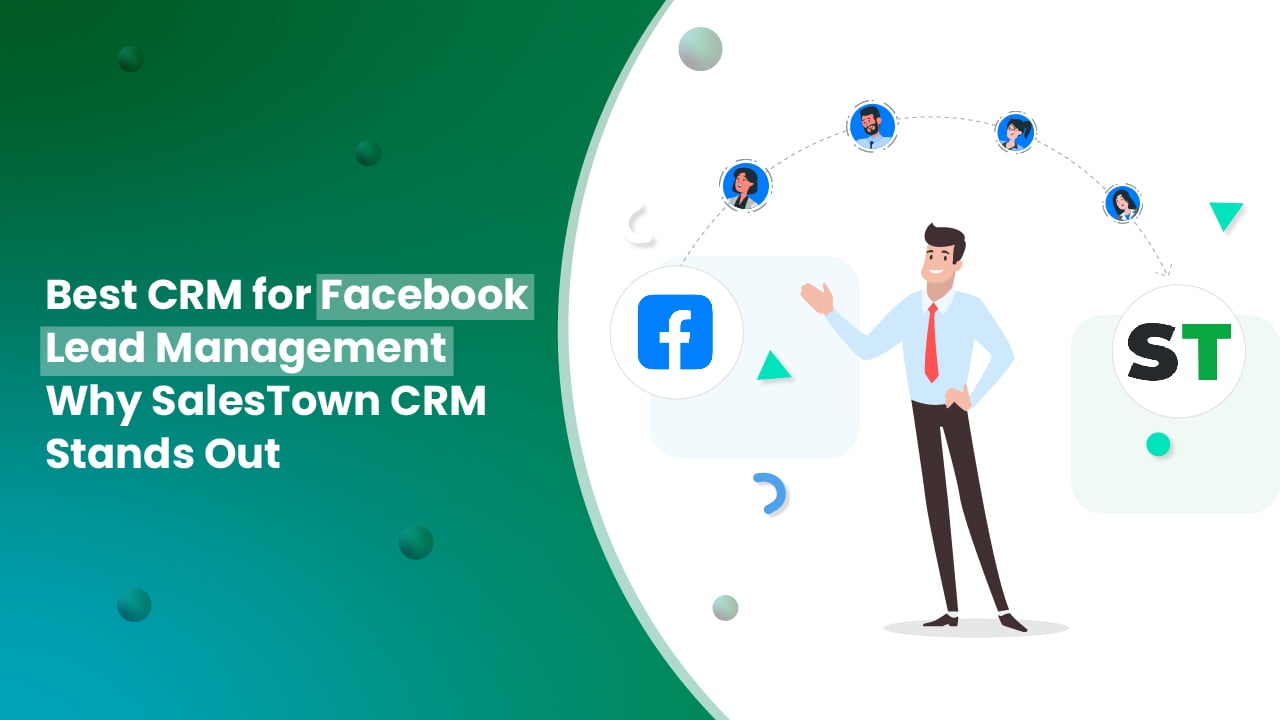
Ultimately, choosing the best CRM for Facebook leads hinges on a thorough understanding of your business goals, target audience, and budget. By carefully considering the features discussed, implementing a well-defined lead nurturing strategy, and consistently monitoring your performance data, you can transform your Facebook leads into a valuable asset, driving revenue and fostering lasting customer relationships. Remember that the right CRM is not a one-size-fits-all solution; continuous optimization and adaptation are crucial for sustained success.
Question Bank
What are the common mistakes businesses make when choosing a CRM for Facebook leads?
Common mistakes include failing to integrate properly with Facebook Lead Ads, neglecting lead nurturing strategies, and not tracking key performance indicators (KPIs) effectively. Overlooking scalability and pricing models also frequently leads to issues down the line.
How often should I review and adjust my lead nurturing strategy?
Regular review and adjustment are crucial. Monitor your KPIs (open rates, click-through rates, conversion rates) at least monthly. Adjust your email content, segmentation, and timing based on performance data to continuously optimize your strategy.
Can I use a free CRM for Facebook leads effectively?
Free CRMs may suffice for very small businesses with limited lead volume. However, they often lack advanced features and scalability, potentially limiting your growth. Evaluate your needs carefully to determine if a paid option is more beneficial in the long run.
What are some alternative lead generation methods besides Facebook Lead Ads?
Consider LinkedIn Lead Gen Forms, Google Ads, content marketing (blog posts, ebooks), email marketing, and attending industry events to diversify your lead generation efforts.

